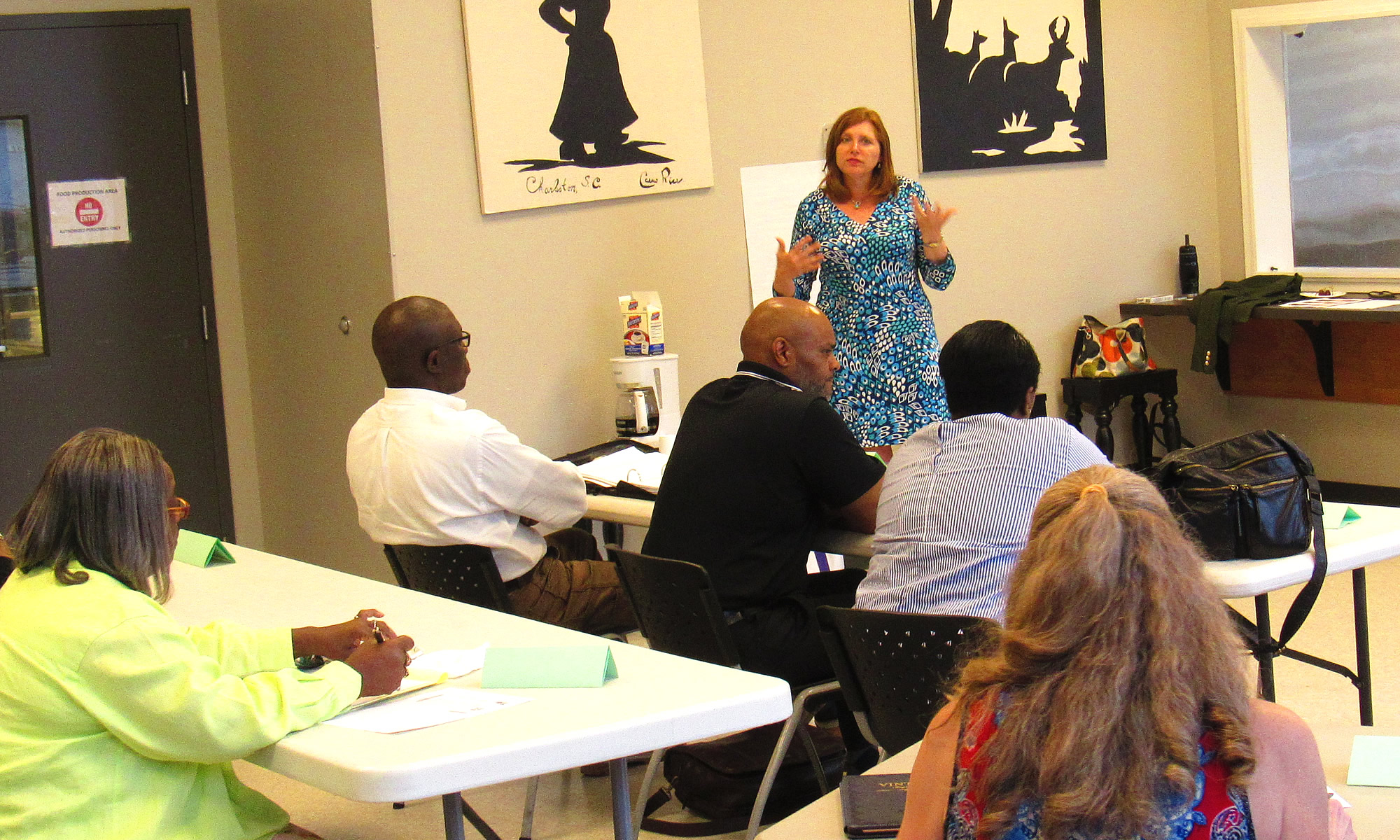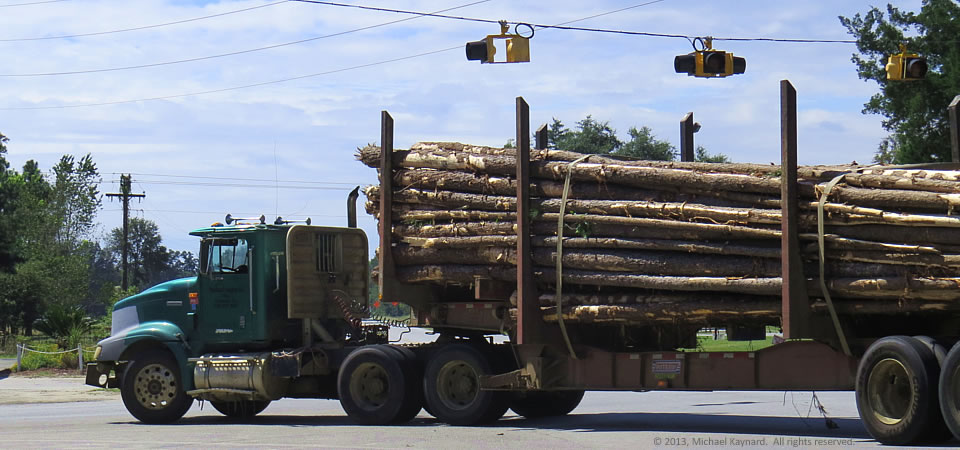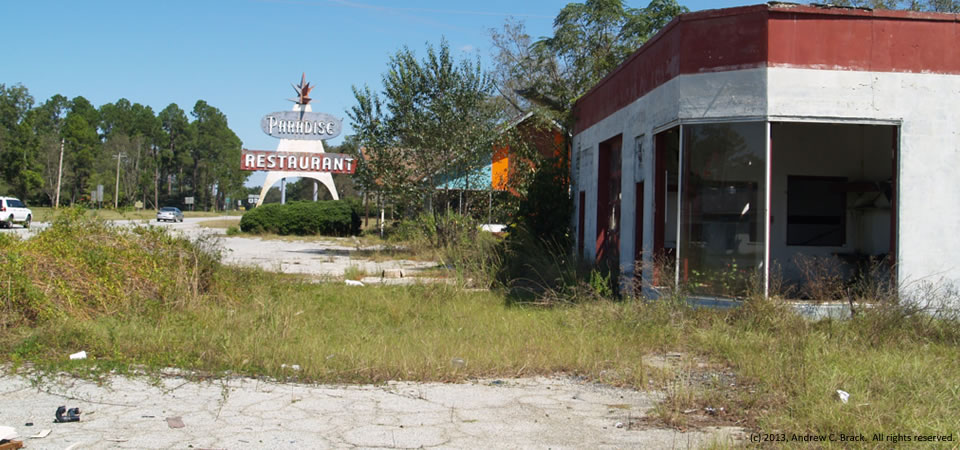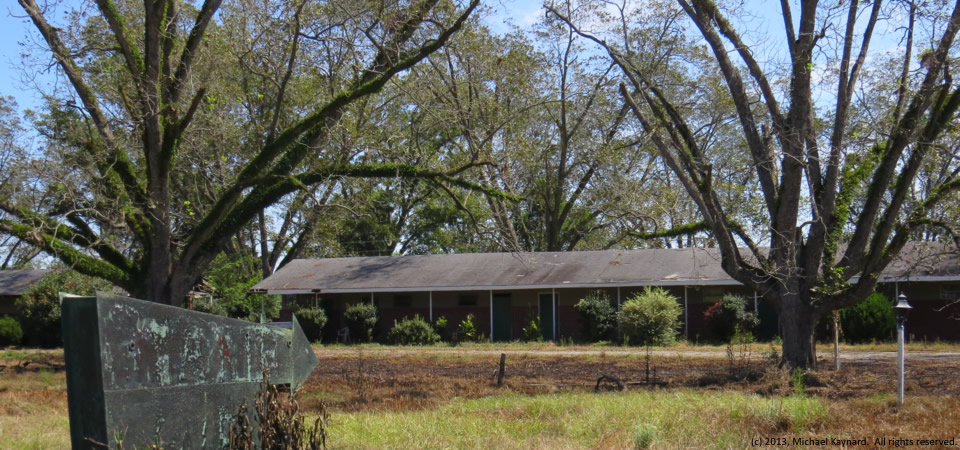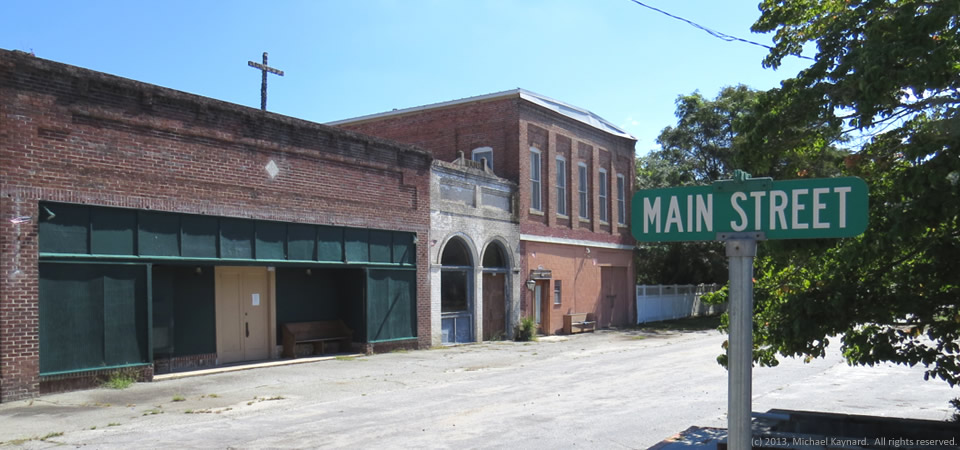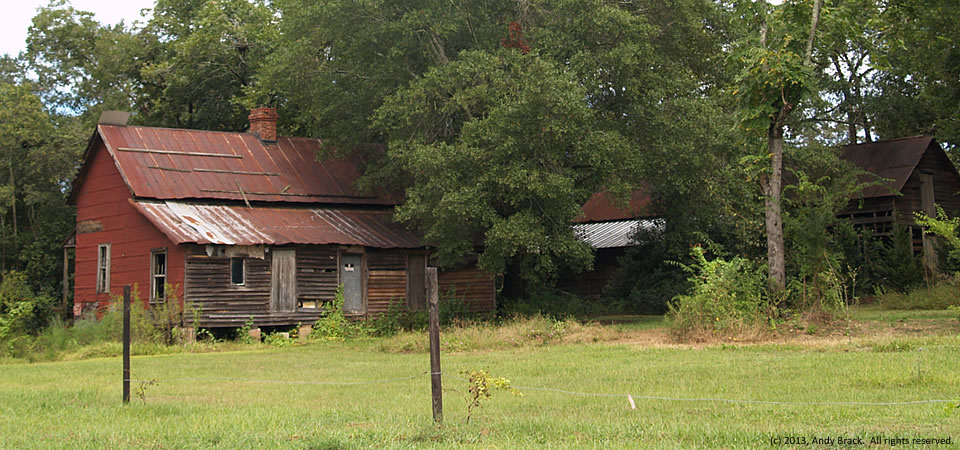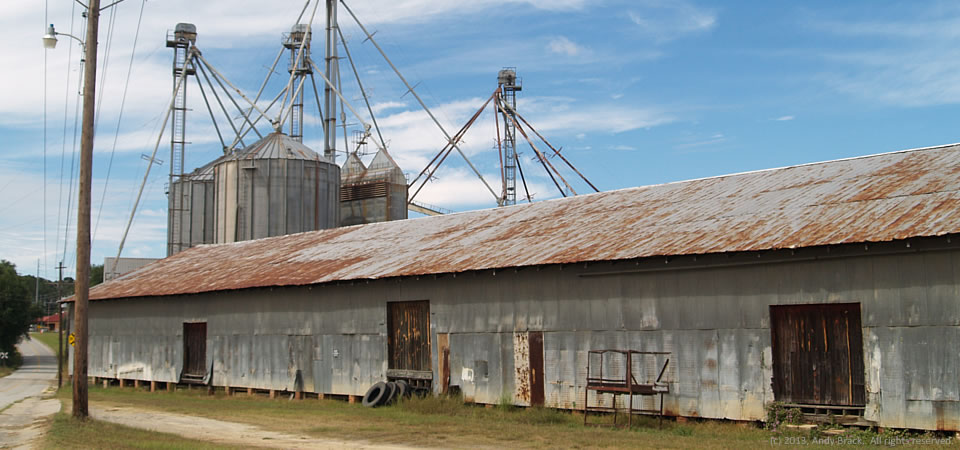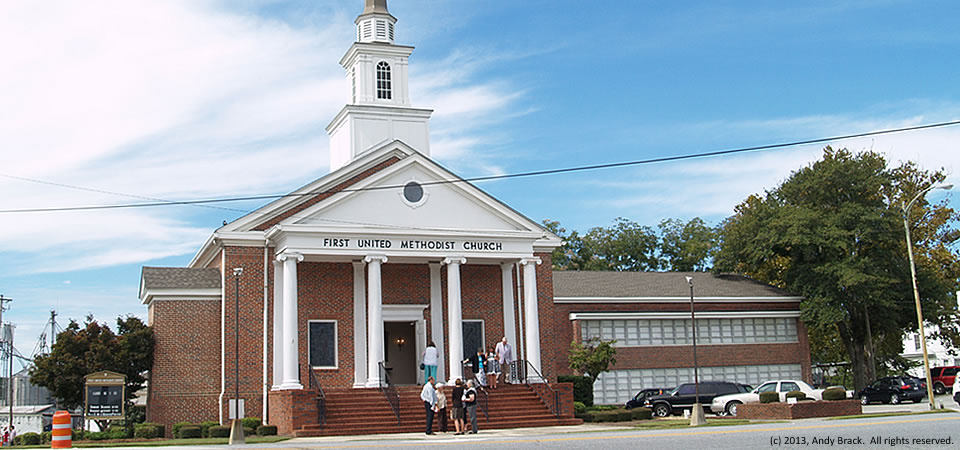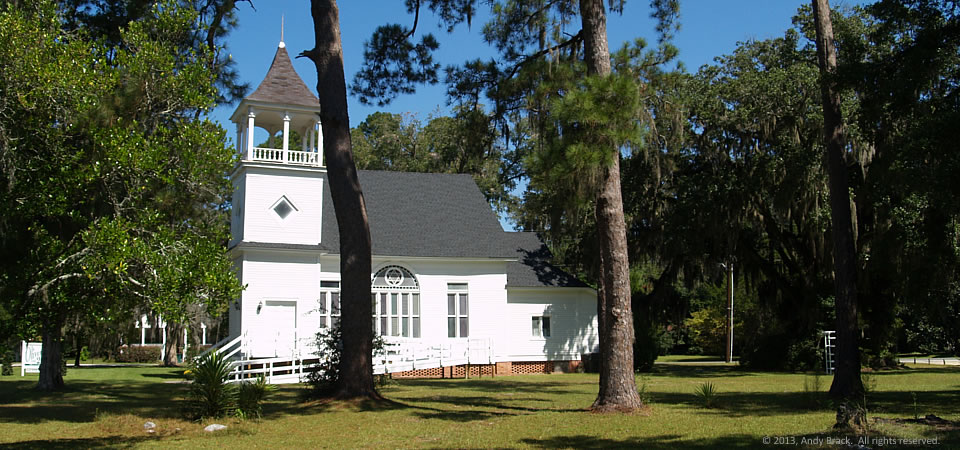
Here’s a photo that’s perfect for Thanksgiving. It’s an old Methodist church turned into a venue for special events, like today’s holiday.
The church (ca. 1908) in Oliver, Ga., between Statesboro and Savannah sat vacant for about 10 years before being bought and restored three years ago, according to its owner. Now a venue for weddings and other events, the church is interesting to some because of its Star of David windows.
Oliver, population 253 in 2000, is slightly over half black. An estimated 31 percent of residents are at or below the federal poverty line. Oliver is in Screven County, which got started after the Revolutionary War and soon became part of the Black Belt of Georgia where cotton became an important staple crop tended by enslaved African Americans.
The county’s population jumped from 3,019 in 1800 to 8,274 by 1860, according to Census figures. While it had 14,593 people in 2010, the county lost an estimated 391 people — 2.7 percent — by 2012, according to the U.S. Census. In 2010, Some 25.4 percent of county residents lived below the federal poverty level, 9 points higher than the state average.
Photo taken Sept. 23, 2013, by Andy Brack. All rights reserved.
